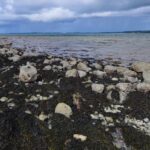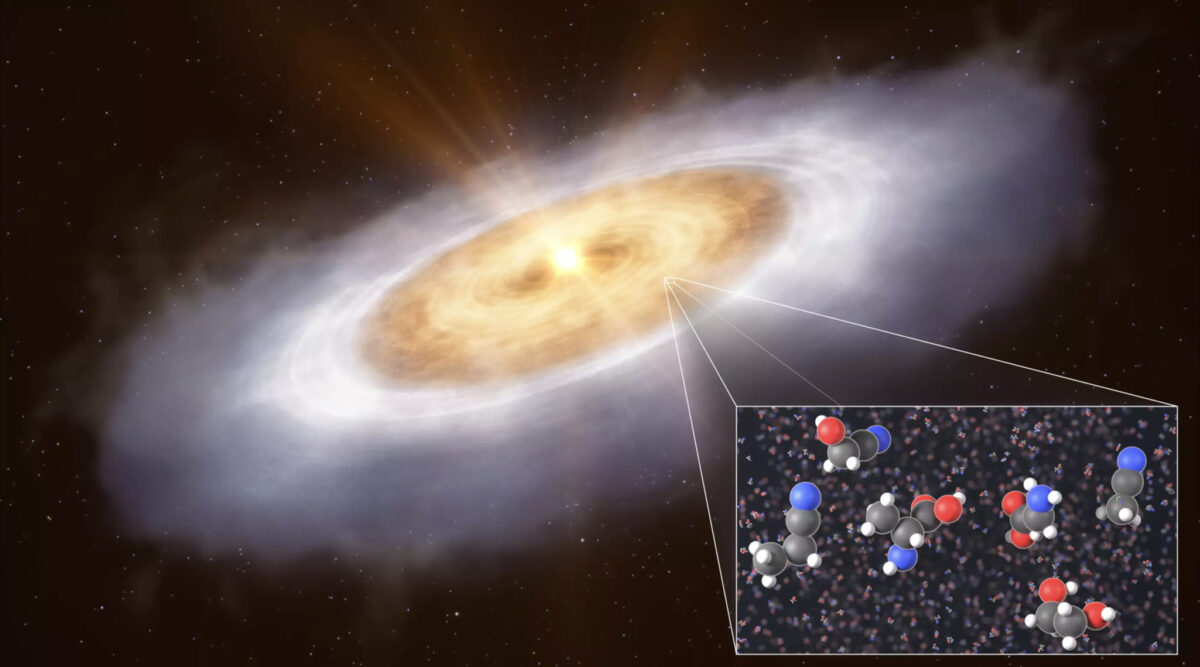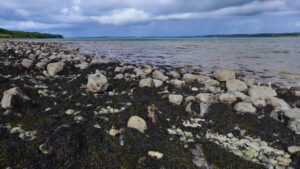
Irish Tech to Guide ESA’s Asteroid Mission

An advanced gyroscope navigation system created by a Dublin-based company is poised to make its mark in space exploration as part of a groundbreaking European mission aimed at protecting Earth from asteroid threats.
Innalabs, headquartered in Blanchardstown, has engineered the ARIETIS-NS gyroscope navigation system for the European Space Agency’s (ESA) upcoming Ramses mission. This mission will closely monitor asteroid 99942 Apophis during its unusually near—but safe—pass by Earth in 2029.
A gyroscope navigation system is a device used to help determine and maintain the orientation and position of a vehicle or object—such as a spacecraft, aircraft, ship, or drone—by measuring angular velocity and changes in direction.

The Ramses spacecraft is scheduled for launch in April 2028 and will reach Apophis in February 2029, just weeks before the asteroid’s close approach.
RTÉ reports that the mission offers scientists a unique chance to observe how Earth’s gravity influences the asteroid’s structure and trajectory—critical data for improving future planetary defense strategies.
Innalabs previously saw its ARIETIS-NS system fly aboard ESA’s Hera mission in October 2024, a project focused on studying the aftermath of deliberately changing an asteroid’s course through kinetic impact.
Asteroid 99942 Apophis is expected to make a very close approach to Earth on April 13, 2029. It will pass at a distance of about 31,000 kilometers (19,000 miles) from Earth’s surface.
To put that in perspective, that’s closer than some of our geostationary satellites, which orbit roughly 35,786 kilometers (22,236 miles) above Earth. Despite being extremely close in astronomical terms, scientists are confident it poses no risk of collision during this flyby.
This close approach will provide a unique opportunity for researchers to study Apophis’s characteristics and the gravitational effects Earth has on it, improving our understanding of near-Earth objects.
Share this WeathÉire story:





















